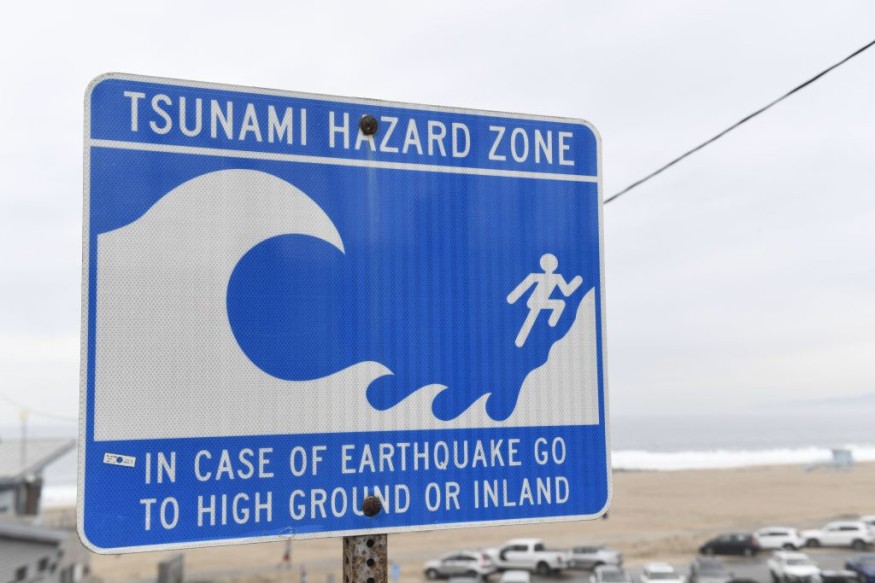A tsunami is triggered by earthquakes near the seafloor that displaces a large amount of water that gets pushed out as a series of enormous ocean waves move outwards in all directions. Other causes may also include volcanic eruptions, landslides, and even meteorites.
Tsunamis have occurred throughout history and so frequently in Japan that the country has invented a word to describe these towering ocean waves, according to Australian Geographic. The word "tsu" means harbor and "nami" means wave. Historically, some of the countries that experienced tsunamis include Chile, Indonesia, Portugal, and many others.
It is a deadly natural disaster that can kill thousands of people in one event. So, here are some ways to survive these life-threatening enormous waves:

Before, During, and After a Tsunami
There are three important things that people should know about tsunamis, according to Ready Campaign. First, they travel 20 to 30 miles per hour with waves that range between 10ft to 100ft high. Second, they cause flooding and disrupt communications, travel, power, and water supply. Lastly, it can happen in any coastal area. Here are some tips to survive a tsunami:
Before
- Identify the signs of a tsunami. These signs are earthquakes, loud roars from the ocean, sudden rise or wall of water, and sudden draining of water that shows the ocean floor.
- Know and practice evacuation plans by mapping the routes from your home, work, and play to a highland area. Pick shelters that are at least a mile away from the coast.
- Strategize a family emergency communication plan.
- Sign up for the warning system in your community.
- Have earthquake and flood insurance policies through the National Food Insurance Program (NFIP).
During
- Protect oneself from an earthquake using the Drop, Cover, and Hold On method. Cover the head and neck using the arms.
- If there is an emergency of a tsunami, evacuate immediately to a safe place as high and as far inland as possible.
- For those outside the tsunami zone, stay in that area unless told to move by authorities.
- Grab something that floats when in the water.
- When on a boat, face the direction of the water and head out to sea. Go inland when in the harbor.
After
- Listen to local alerts for information on areas to avoid and places where shelter locations are.
- Call or use social media or any mode of communication available to communicate with family and friends.
- Avoid going near floodwater as it might contain debris or might be deeper than it seems.
- Do not touch electrical equipment. Be alert for underground or downed power lines that can electrically charge water.
- Stay away from affected buildings and structures.
- Contact the healthcare provider for any injuries or sickness.
- Document property damage using pictures and conduct inventory. Contact the insurance company for assistance.
Facts About Tsunami
The American Red Cross has laid out some facts on its website. Here are some of them:
- Tsunamis can form walls called tsunami bores but typically look like a fast-rising and fast-receding flood that occurs within 10 to 60 minutes after an earthquake.
- It is a series of ocean waves that may not occur for several hours and may be composed of more than one series if a massive earthquake triggers local landslides.
- They are most destructive to bays and harbors because of the violent currents they generate. On the other hand, they are least destructive in deep ocean waters.
- A tsunami is different from tidal waves, which are caused by the tides influenced by the pull of the Moon to the gravity on Earth.
RELATED ARTICLE : Tsunami Prediction Could Become Possible Using Data From Tonga Underwater Volcano Eruption
Check out more news and information on Tsunami in Science Times.
© 2025 ScienceTimes.com All rights reserved. Do not reproduce without permission. The window to the world of Science Times.











